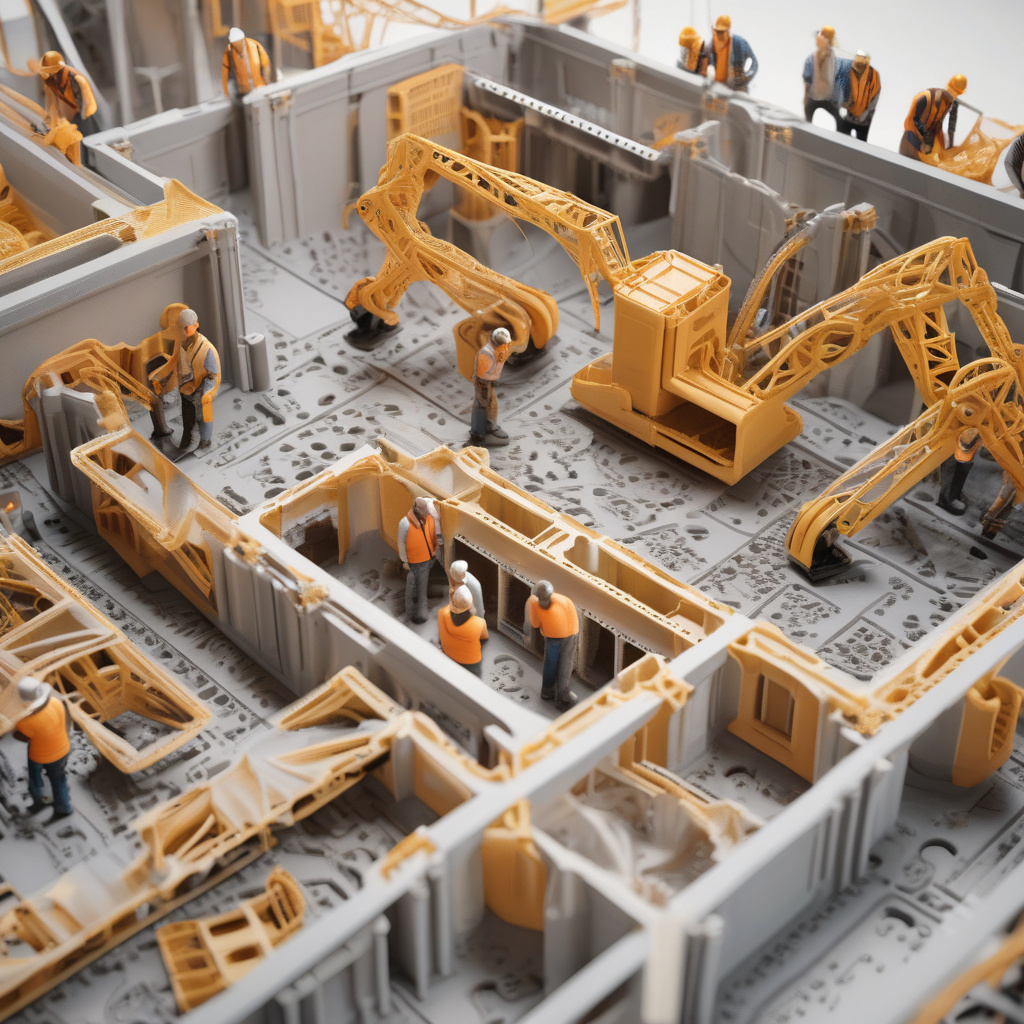What the Hook? 3D-Printed Joints Cut Repair Costs, Prevent Construction Waste
Scientists in Austria have developed a new hook-and-loop fastening system that has the potential to revolutionize the way we approach construction and repair projects. This innovative technology utilizes 3D-printed joints to create sturdy and reliable connections, reducing both the time and cost associated with traditional repair methods.
The traditional approach to repairing structures often involves the use of specialized tools, materials, and skilled labor. However, with the introduction of 3D-printed joints, the process becomes much more streamlined and efficient. These joints can be customized to fit specific requirements, allowing for quick and easy installation without the need for extensive manual labor.
One of the key advantages of using 3D-printed joints is the significant cost savings that can be achieved. By eliminating the need for expensive tools and materials, as well as reducing the labor required for installation, projects can be completed in a fraction of the time and at a fraction of the cost. This not only benefits contractors and construction companies but also property owners looking to make repairs or renovations.
In addition to cost savings, 3D-printed joints also contribute to sustainability efforts by minimizing construction waste. Traditional repair methods often result in the disposal of excess materials, leading to environmental concerns and increased costs for waste management. With 3D-printed joints, the precise customization ensures that only the necessary materials are used, reducing waste and minimizing the project’s environmental impact.
Furthermore, the versatility of 3D-printed joints opens up a wide range of possibilities for innovative design solutions. These joints can be used in various applications, from simple repairs to complex architectural structures, providing architects and engineers with the flexibility to explore new design concepts and push the boundaries of construction.
As this technology continues to advance, we can expect to see even more benefits emerge. For example, the use of 3D-printed joints could lead to faster construction times, improved structural integrity, and enhanced durability of buildings and infrastructure. This not only improves the overall quality of construction projects but also enhances the safety and longevity of the structures.
In conclusion, the development of 3D-printed joints for construction and repair purposes represents a significant step forward in the industry. By cutting costs, reducing waste, and offering new design possibilities, this innovative technology has the potential to transform the way we approach building projects. As more companies and professionals adopt this technology, we can look forward to a more efficient, sustainable, and creative future for the construction industry.
#3Dprinting, #ConstructionInnovations, #SustainabilityEfforts, #CostEffectiveRepairs, #InnovativeDesigns












